Why should employers test their employees’ hearing?
Workplace hearing testing should be a cornerstone of any health and safety policy when employees are exposed to excessive noise levels.
There are many Canadian companies who have already taken the initiative to regularly provide their employees with on-site hearing testing. These companies use workplace hearing testing as an opportunity to:
Identify employees with hearing concerns
Monitor the effectiveness of their hearing conservation program
Promote hearing protection use
Create a safer workplace environment
Is hearing testing required?
There are currently 11 jurisdictions in Canada where hearing testing in the workplace is required. Hearing testing is required in the following regions whenever occupational noise levels exceed a specified level, or whenever a specific criteria is met:
Alberta
British Colombia
Manitoba
New Brunswick
Newfoundland and Labrador
Northwest Territories
Nunavut
Prince Edward Island
Quebec
Saskatchewan
Yukon
A much shorter list would include the jurisdictions where workplace audiometry is not required. This includes Federal, Nova Scotia and Ontario. However, employers in these jurisdictions would benefit from incorporating workplace hearing testing into their health and safety practices.
Let’s discuss the benefits of workplace hearing testing. Hearing testing can be broken down into two main categories: baseline testing, or pre-employment testing, and annual hearing testing.
Baseline hearing test
Whenever an employee first begins with their new employer, a baseline hearing test is recommended. The baseline hearing test will establish whether a prior hearing loss is present, and will be used as a benchmark for future testing.
When a prior hearing loss is identified, it is recommended that the employee be referred to a licensed Audiologist within the community for subsequent hearing healthcare. Hearing loss is a significant health concern, which can be indicative of more serious health concerns. Untreated hearing losses can also pose a significant safety risk in the workplace. Individuals who have difficulty hearing and who are not fit with the appropriate devices may miss important instructions, safety alerts, or experience reduced situational awareness.
Annual hearing test
Annual hearing testing is the only quantitative measure of the effectiveness of your hearing conservation program. Therefore, it is an important part of any hearing conservation program.
The purpose of the annual hearing test is to identify employees with a standard threshold shift (STS). The STS is defined as a shift in hearing thresholds of 10 dB or more at 2 kHz, 3 kHz, and 4 kHz. Employees demonstrating an STS are the first clues of inefficiencies in the hearing conservation program and should prompt the Joint Health and Safety Committee to review its current noise control procedures and hearing protection selection. The identification of an STS should also be communicated to the employee along with the appropriate referral to an Audiologist in the community.
The process of on-site hearing testing
The testing can be conducted in mobile testing units, or as a more affordable option, using portable audiometers in a quiet (not silent) room. There are several audiometers which are capable of reliably testing in an office or boardroom.
Employees are scheduled for their testing with a registered health professional (Audiologist or Occupational Nurse). Prior to the testing, employees should undergo a case history to identify any hearing concerns, tinnitus (ringing in the ears), and noise exposure history.
Following the case history, otoscopy is completed to ensure the ears are clear and healthy. The testing procedure takes approximately 15 minutes per employee, and often times, many employees can be tested simultaneously.
Take home message
Overall, workplace hearing testing is a key component of any health and safety policy when employees are exposed to excessive noise levels. The baseline hearing testing can identify individuals with unknown hearing loss, promoting a healthier and safer work environment. The annual testing will subsequently serve as a reliable measure of your hearing conservation policies.
Workplace hearing testing is the only reliable method to answer the question:
Are we doing enough to protect our employees from hearing loss?
To find out more about our workplace hearing testing process, please feel free to reach out to us. We’d love to hear from you.
